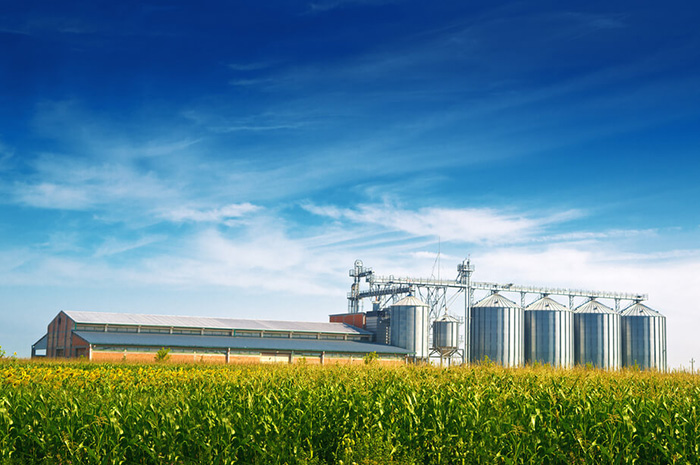It’s pretty great to finally have decent commodity prices to work with. If only Mother Nature would cooperate, because for the first time in years, drought conditions pose a threat to this year’s crop yields.
Drought is driving the conversation this quarter. The end of June 2021 finds farmers around Minnesota and South Dakota struggling with stunted growth in their corn and soybean crops. Depending on whether your fields received a good dose of that rain that came in the second half of the month, your plants are likely showing signs of stress, with the telltale curled leaves in corn and yellowing soybean leaves.
Widespread drought threatens yields
Here’s a quick look at what’s happened so far in the growing season, and what lies ahead.
Now that everything is in the ground and starting to grow, growers have their eyes on the skies. According to the U.S. Drought Monitor, much of the southern and central part of Minnesota is rated as moderate drought, with severe drought in southeastern South Dakota.
Even with the scattering of showers and thunderstorms across Minnesota in mid- to late-June, crop conditions steadily worsened through the month, according to data from the Minnesota Crop Progress & Condition report from the USDA.
A few highlights from the June 28 edition:
- Crop conditions continued to decline:
- Soybean conditions were rated 45% good to excellent, down from 53% from the week before.
- Corn conditions were rated 43% good to excellent, down from 50% the week before.
- Fields are getting drier
- 75% of growers rated topsoil moisture as short to very short.
- 69% of growers rated subsoil moisture as short to very short.
- Though much of the state saw some precipitation the week of June 21-28, it amounted to an inch or less.
What’s next?
Without a doubt, the big worry here is the lack of rain will result in lower yields. And the coming weeks will be the most critical, University of Minnesota Extension crop specialist Liz Stahl tells MPR news. Corn crops will be needing the extra moisture in the coming weeks so it can enter the reproduction stage, which is when the plant starts making ears of corn. Soybean crops will be needing moisture supplies in late summer as the pods start to emerge and develop.
That means all eyes will be on the skies this July. If we can catch a few more rainy days to restore soil moisture levels, the plants will have a chance to recover and produce a crop.
Echoes of 1988
Though there’s plenty of season left, these drier-than-normal conditions should remind veteran farmers of another big drought year, which was 1988, 33 years ago. According to post-mortem analysis from the Minnesota Department of Natural Resources, the drought resulted in a 30-40% drop in yields. Even so, there’s still reason to hope: Thanks to newer drought-resistant plants, average yield losses could very well be less pronounced than those suffered 33 years ago, climatologist Mark Seeley tells Axios.
Here’s another echo of 1988: The possibility of the dreaded Catch-22. For that growing season, prices for corn and beans had finally rebounded, but, obviously, the weather didn’t cooperate to let growers take full advantage of higher prices.
Expertise you can trust
At Minnwest Bank, our agri-business bankers have gained the trust of growers across Minnesota. That’s because they’re also farmers and producers who live and work in their community, so they understand the challenges and what’s at stake.
Get expertise you can trust to help your farm thrive. Make an appointment with a Minnwest ag banker today.


